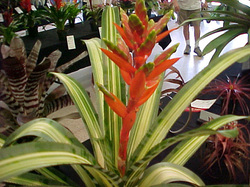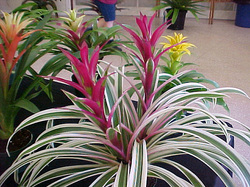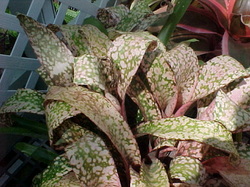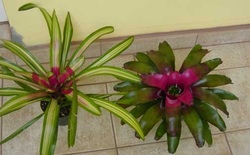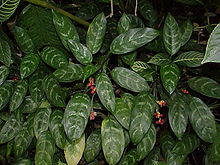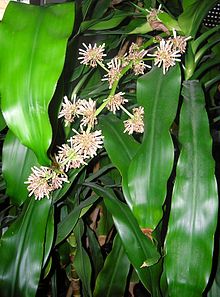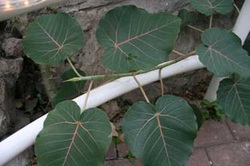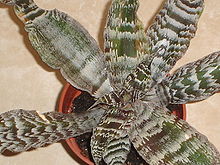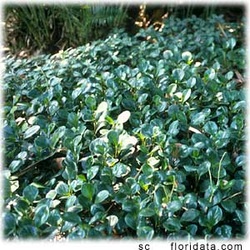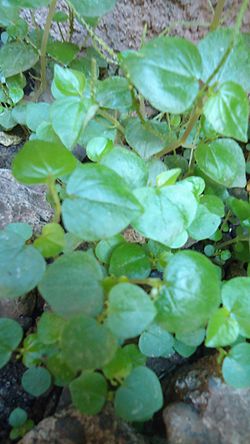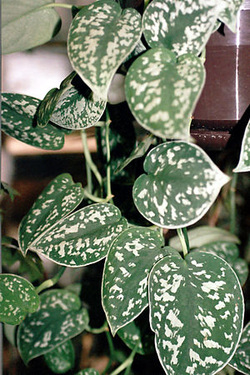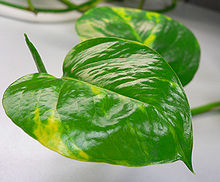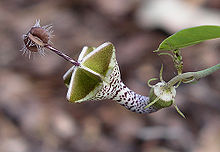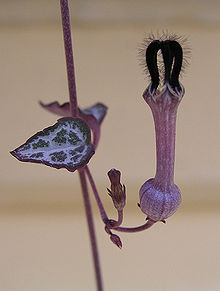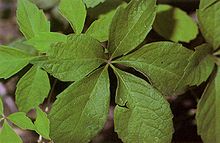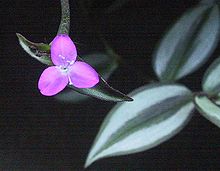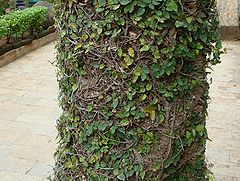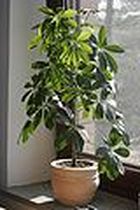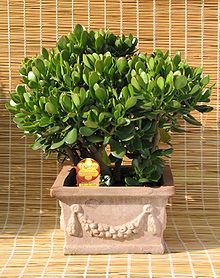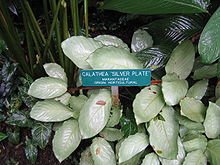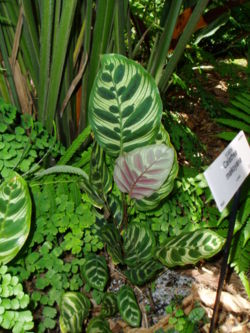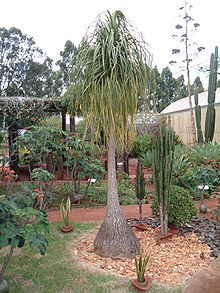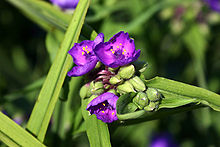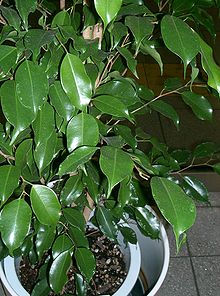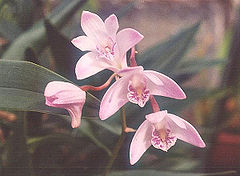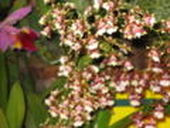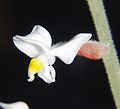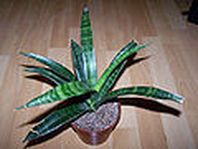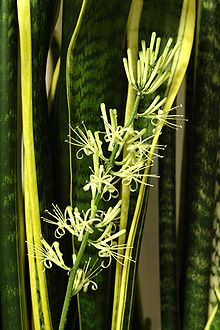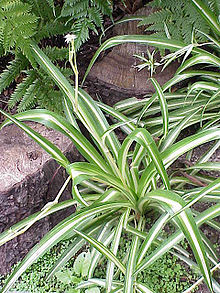Loading
SAFE PLANTS FOR HERPS
Temperate and Tropical Plants
Depending on the width of the enclosure, at least 2-4 plant lights should be installed, running the length of the enclosure. Use UVB-producing fluorescents if required by the reptiles in the enclosure; otherwise, you can use plant grow lights. If using a mixture of the two, remember to install the the UVB-producing fluorescent tubes correctly to ensure the reptile is getting adequate exposure (placing them so the tubes are not separated from the lizard by by glass or plastic, are within 8-15" of the reptile where it spends most of its basking and lounging time, etc.) and to replace the UVB-producing tubes annually.
Most of these plants fare well in daytime temperatures in the mid-80s (29-30 C), and can tolerate nighttime drops into the mid-60s (18-19 C).
Most of these plants fare well in daytime temperatures in the mid-80s (29-30 C), and can tolerate nighttime drops into the mid-60s (18-19 C).
Tillandsia ~ Bromeliad
There are two primary forms the 500 or so species of this type of bromeliad. Before buying any Tillandsia, make sure it is a form that will grow well in the environment into which you are planning to put it.
While most Tillandsia are found growing on trees or rocks, some are also found in desert regions. Some, those with green leaves and a root formation but no scales, may be grown as epiphytes or can be planted in soil. Some of these species include:
Chinese Evergreen (Aglaonema commutatum)
Chenille Plant ~ Bright humid conditions
Spagnum and Peat ~ true moss sphagnaceae.
Corn Plant (Draceneas - until they outgrow enclosure)
FERNS
Ficus petiolarisEarth Stars (Cryptanthus)
Peperomia (Peperomia obtusifolia)Peperomia (Piperacaeae)Pothos (Scindapsus aureus)Pothos ( Epipremnum aureum)Rosary Vine (Ceropegia woodii)
Virginia Creeper
|
Creeping Fig* (Ficus pumila)
Dwarf Schefflera (Brassaia actinophylla)
JadePeacock Plant Calathea stromataPeacock Plant MarantaceaePonytail Palms (Beaucarnea recurvata)
Virginia Spiderwort*
|
* = There has been some concern expressed about the milky sap that oozes from broken leaves and twiglets of the various Ficus species. The sap may be an eye/skin irritant to the animal that brushes up against it and gets it in their eyes (as may happen by accident in passing or when rubbing the eyelid against it as it gets ready to shed).
Orchids
SANSEVIERIA
Sanseveria are also listed in the desert plants. They can and do drown. There roots need dry periods to survive.Sansevieria parva, including cultivars: Hahnii, Hahnii "Loop's Pride", Hahnii Silver Frost, Golden Hahnii.
|
Sanseveria trifasciata, including the following cultivars: Bentel's Sensation, Laurenti, Moonshine, Gray Lady.
|
Spider Plant
(Chlorophytum comosum)
RESOURCES
http://www.anapsid.org/resources/plants2.html
http://www.tropicopia.com/tropicopia/house-plant/index.html
http://en.wikipedia.org/wiki/Flickr
http://fcbs.org/pictures/Tillandsia.htm#species
SAFE PLANTS
http://www.veterinarypartner.com/Content.plx?P=A&A=9&S=4&SourceID=6
http://chppm-www.apgea.army.mil/ento/PLANT.HTM#index
http://www.anapsid.org/pdf/plantlists.txt
http://www.flchams.com/safe_plant_list.asp
GUIDE TO TOXIC PLANTS
http://chppm-www.apgea.army.mil/ento/PLANT.HTM#index
